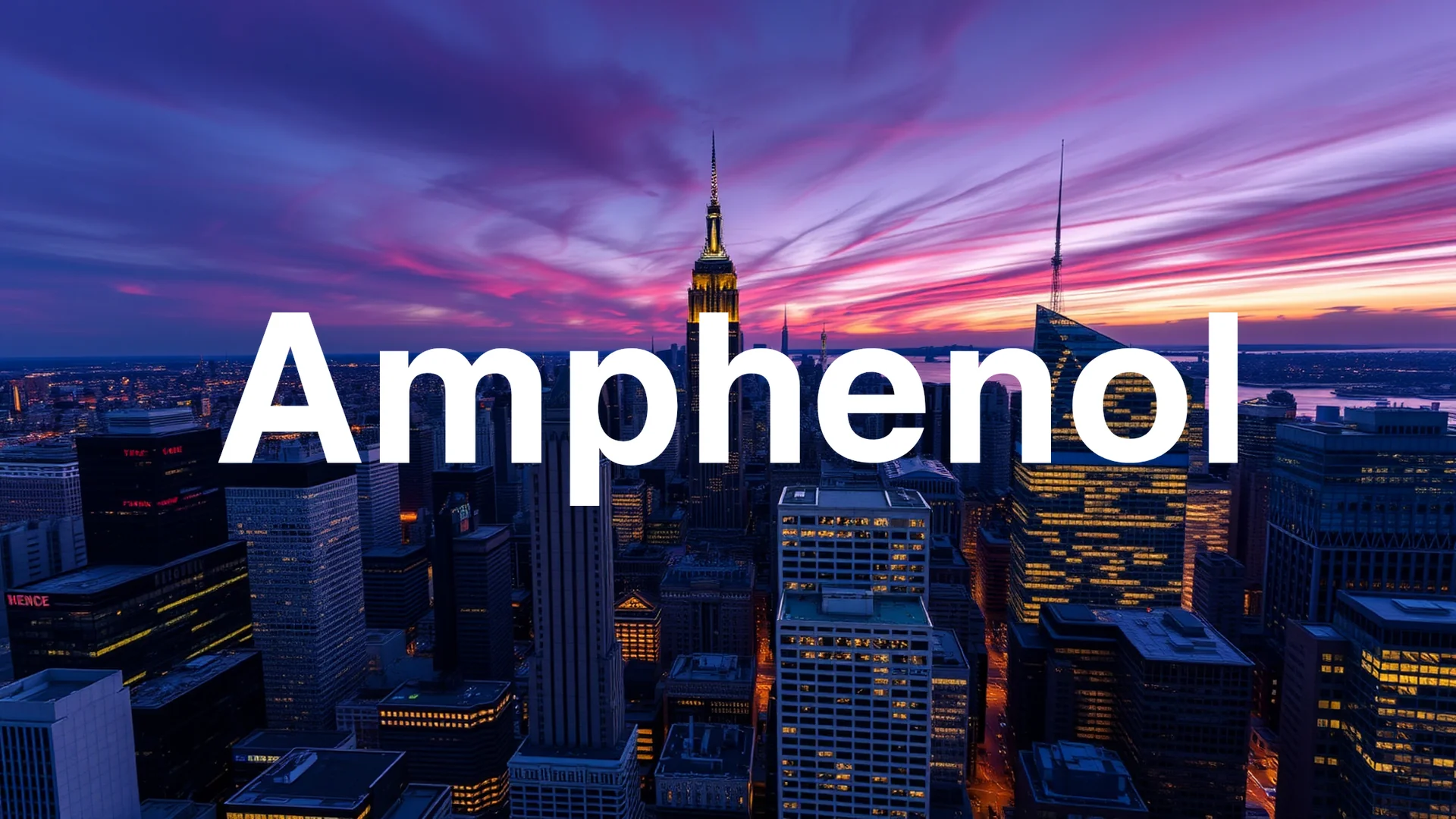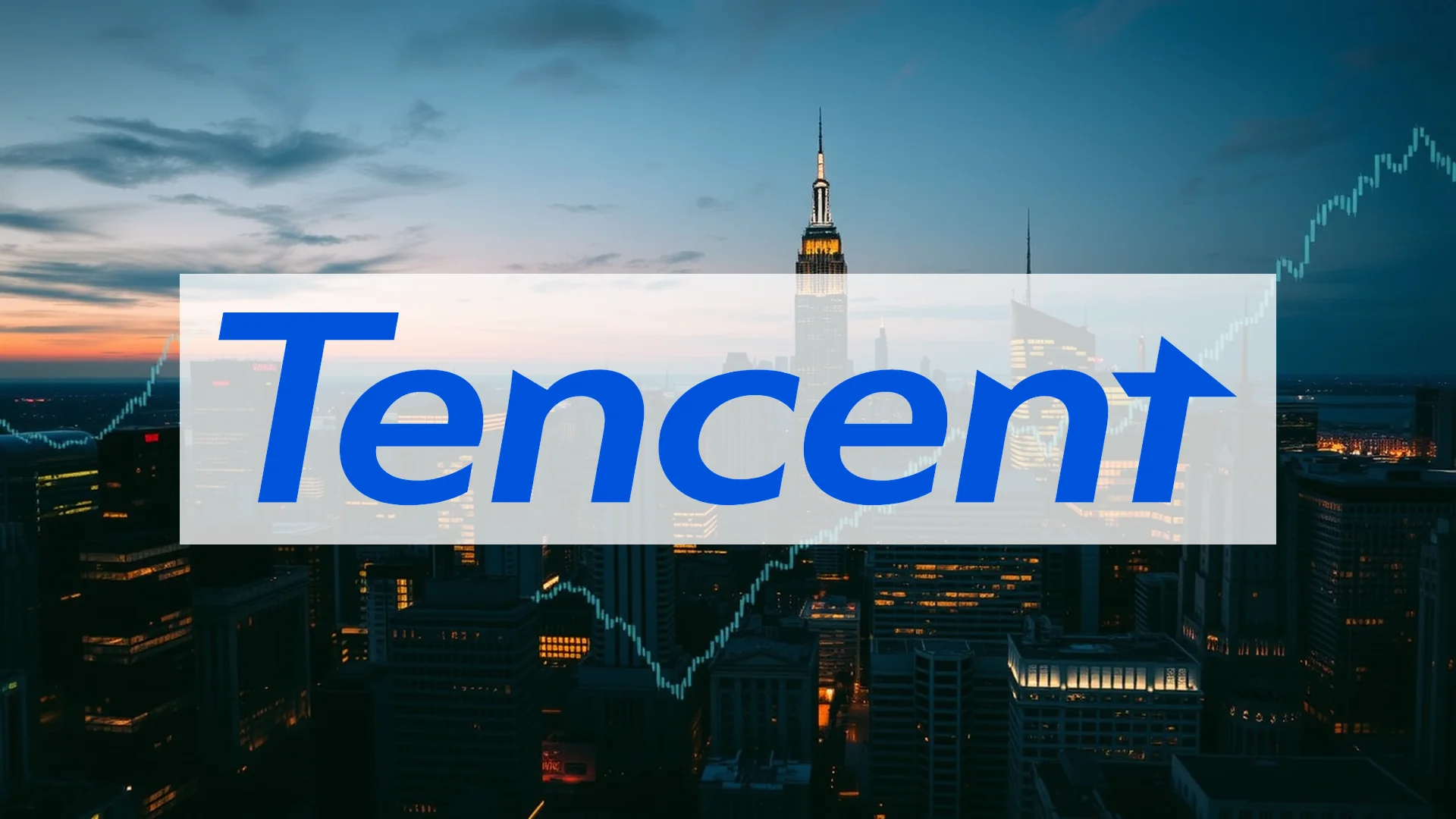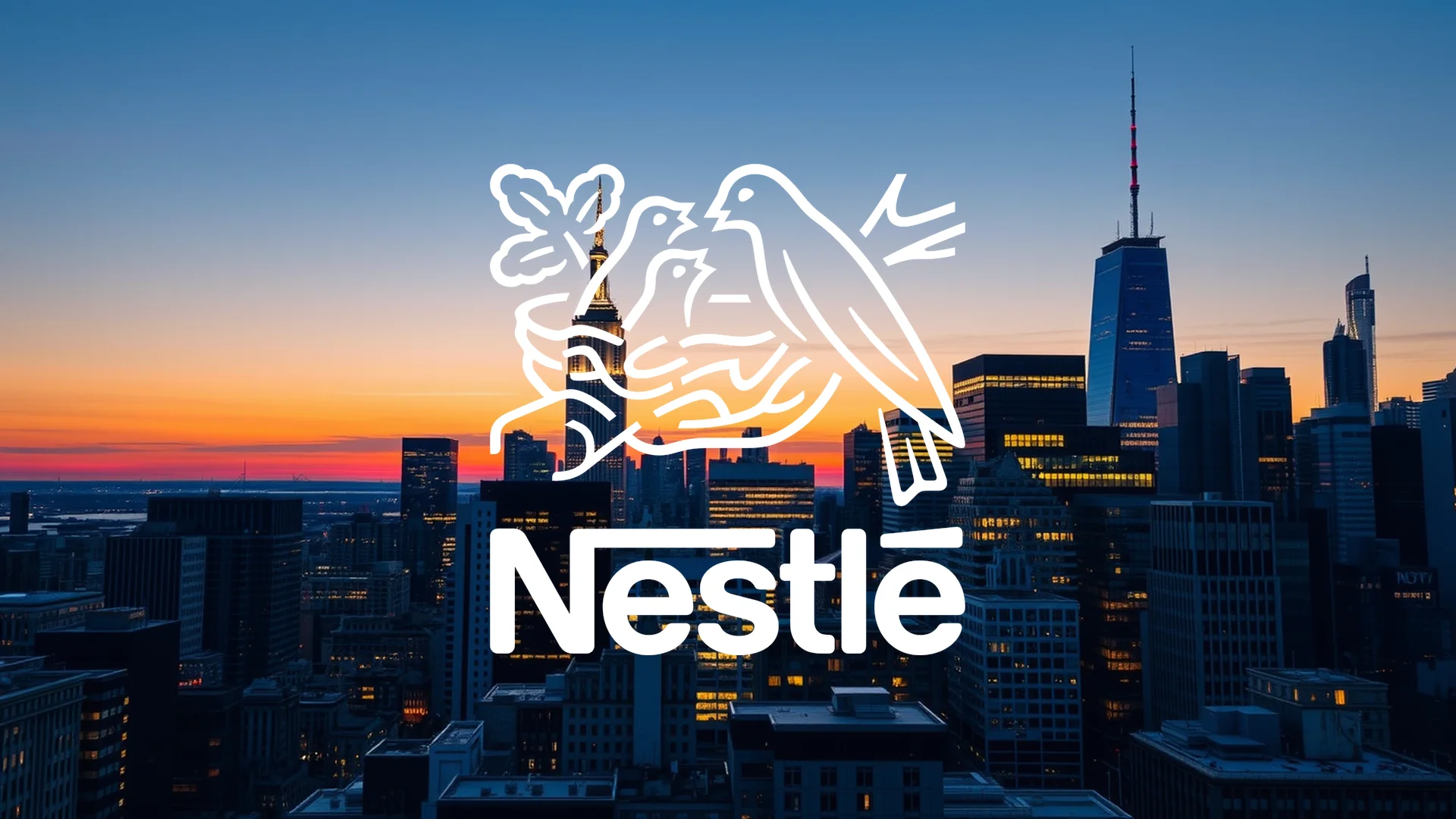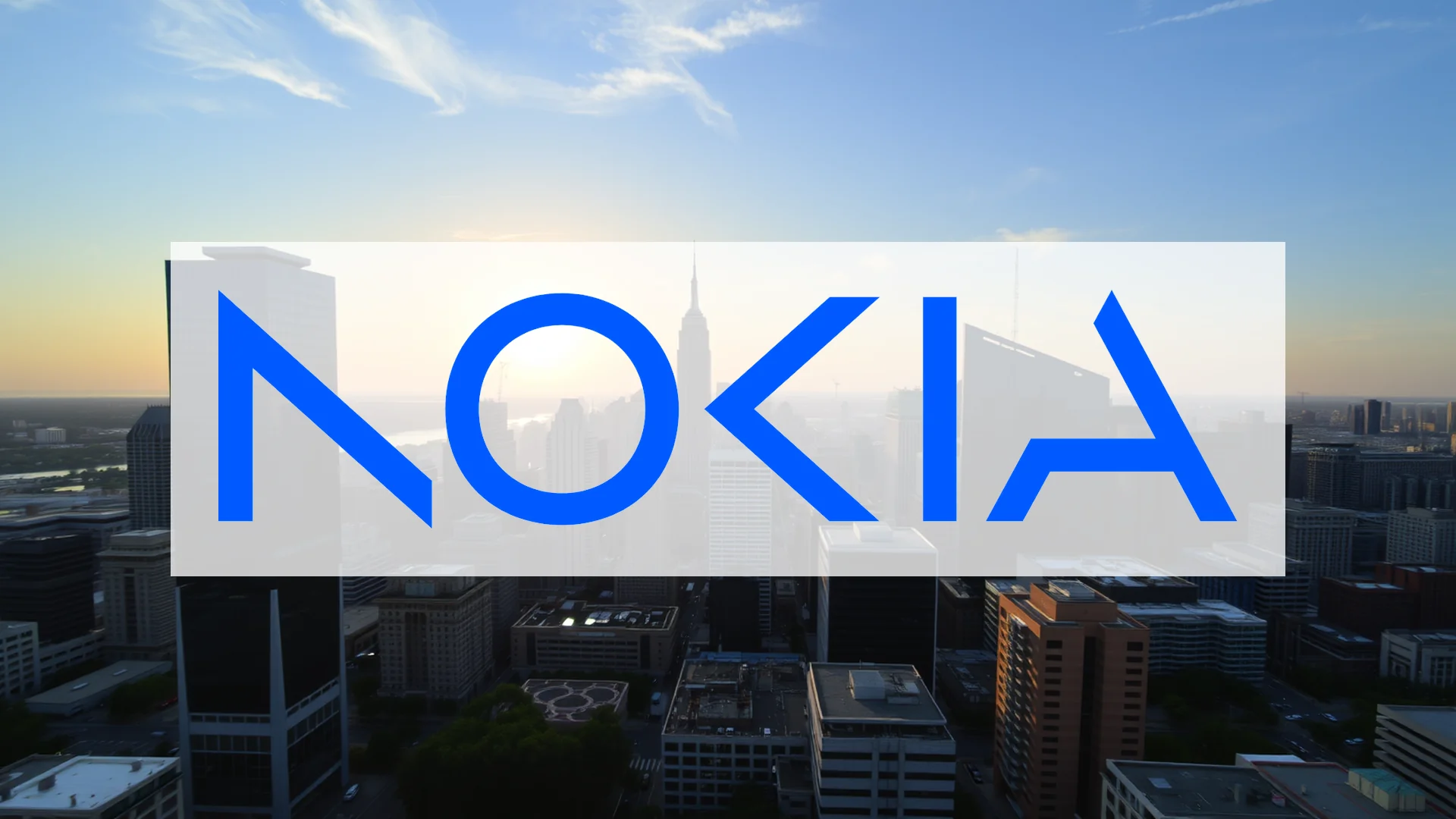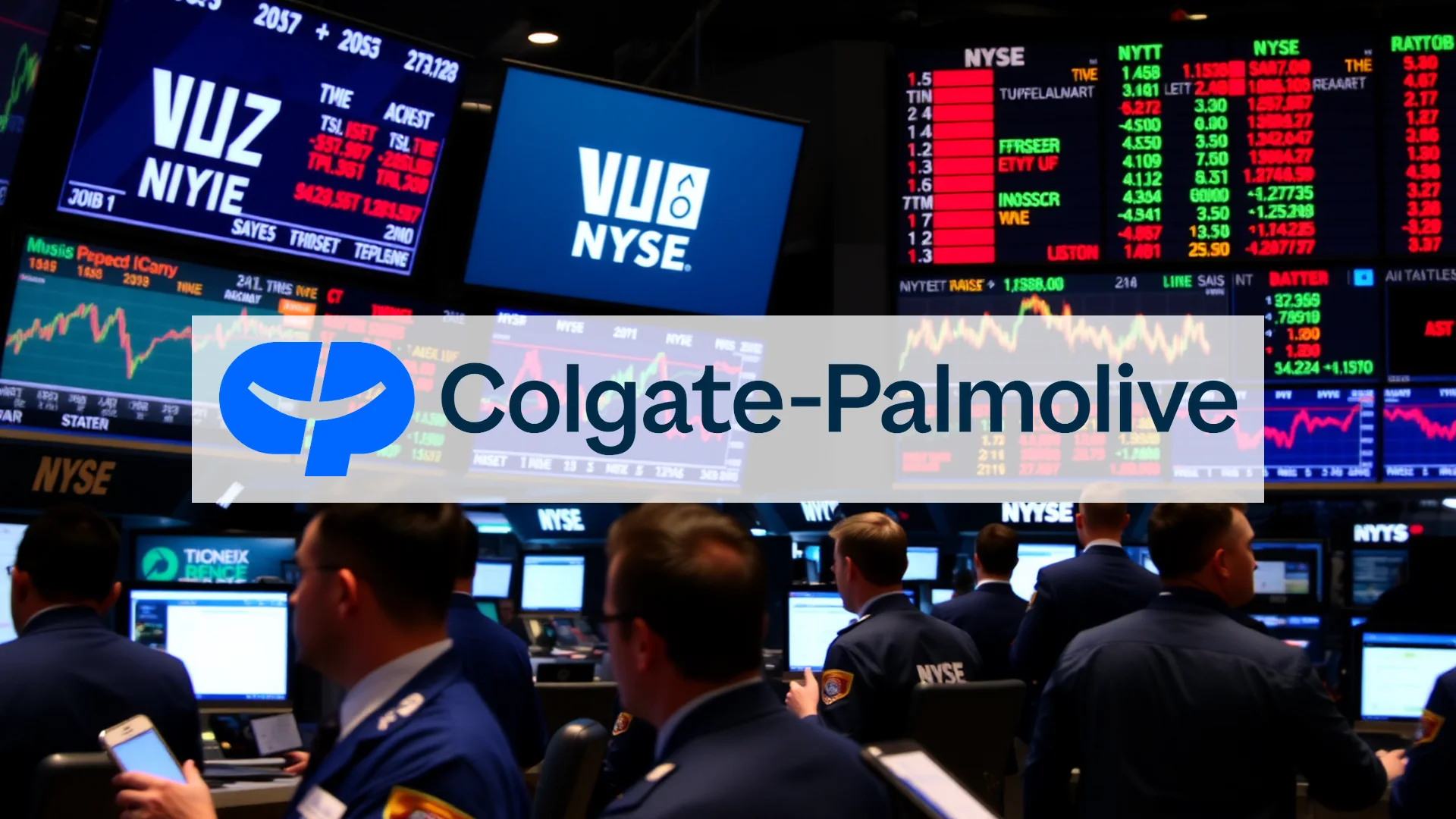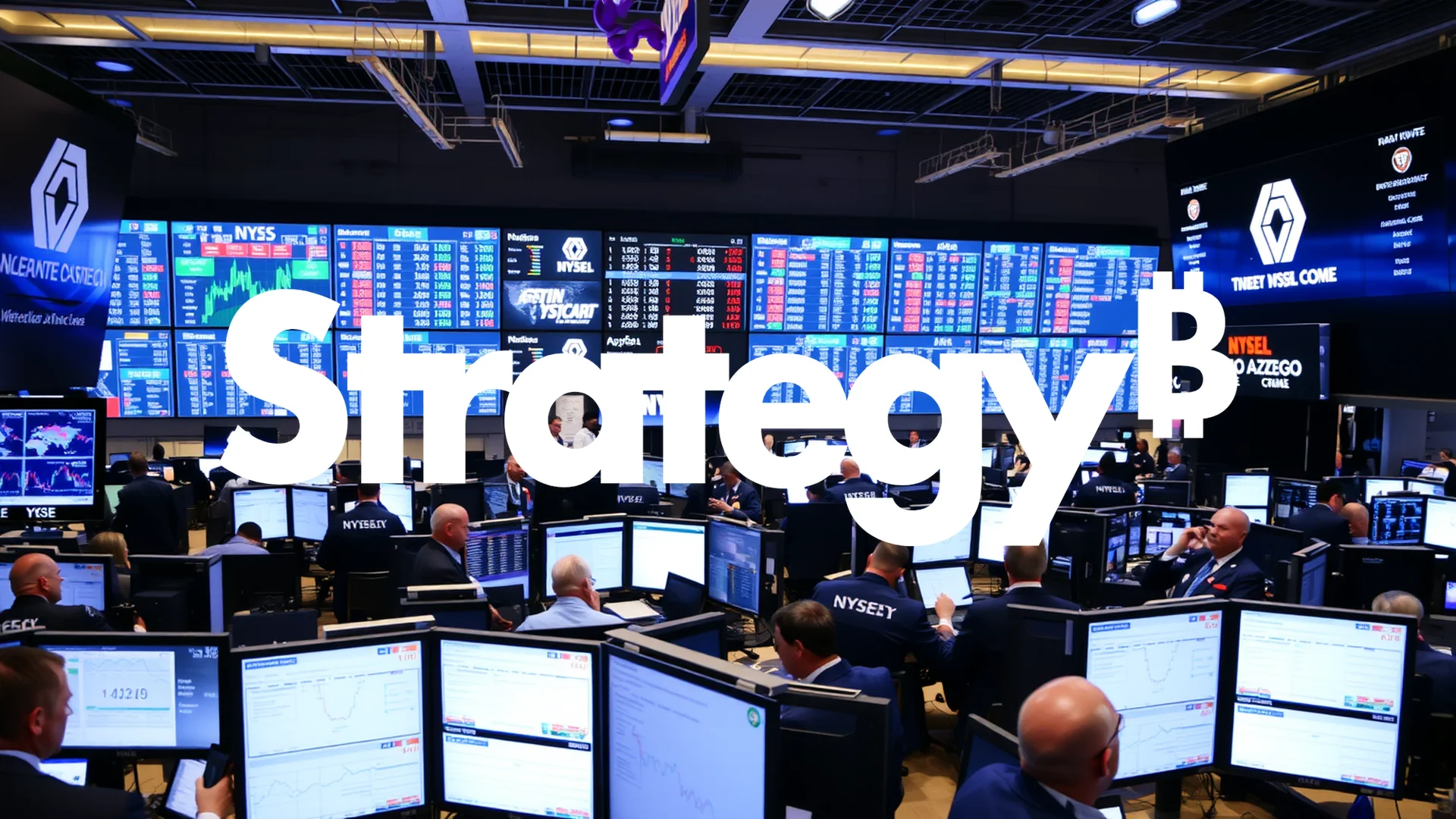The popular income-generating strategy employed by the Global X NASDAQ 100 Covered Call ETF (QYLD) is facing a significant test of its resilience. As technology stocks experience a period of weakness, the fund’s methodology of selling call options is being scrutinized. Investors are now questioning whether the ETF can sustain its substantial dividend distributions throughout the current turbulent market phase.
The Foundation Cracks: NASDAQ 100 Weakness
QYLD’s performance is intrinsically linked to the fortunes of the NASDAQ 100 index. This benchmark, heavily weighted towards technology, has recently displayed pronounced signs of fatigue. Two primary factors are at play: the continued delay of anticipated interest rate cuts from the U.S. Federal Reserve and the persistence of historically high valuations for numerous tech stocks. This creates a dual challenge for the covered-call ETF. A declining underlying asset not only curtails potential capital appreciation but can also reduce the premiums earned from the sold call options, which are the lifeblood of its distributions.
Examining the Core Strategy Under Pressure
At its core, QYLD owns the constituent stocks of the NASDAQ 100 and sells monthly call options on the entire index. This approach is designed to produce consistent income, but it comes with a well-known trade-off: capped upside potential. During strong bull markets, the ETF significantly lags the performance of the index itself. However, the current environment of sideways to downward movement could potentially play to the strategy’s strengths. The pivotal issue for income-focused shareholders is whether the income generated from option premiums will be sufficient to offset depreciation in the fund’s net asset value.
Should investors sell immediately? Or is it worth buying Global X NASDAQ 100 Covered Call ETF?
Key Pressure Points for the ETF:
– The level of volatility in the NASDAQ 100, which directly impacts the value of the options premiums.
– Shifting interest rate expectations that heavily influence technology sector valuations.
– Intensified investor scrutiny on the sustainability of its monthly dividend payments.
The Persistent Danger of Heavy Concentration
Mirroring its benchmark, QYLD remains exposed to a significant concentration risk centered on a handful of mega-cap companies. The portfolio continues to be dominated by the likes of Apple, Microsoft, and Nvidia. This heavy reliance on a small group of key stocks renders the fund particularly susceptible to sector-specific downturns. Uncertain market periods, like the present one, starkly reveal the potential vulnerability of this structural makeup.
The coming weeks will serve as a crucial examination of the covered-call approach. Market participants are watching closely to see if QYLD can uphold its commitment to delivering stable income payments even as market conditions become more challenging. For many, the next dividend announcement will be a key indicator of the strategy’s near-term viability.
Ad
Global X NASDAQ 100 Covered Call ETF Stock: Buy or Sell?! New Global X NASDAQ 100 Covered Call ETF Analysis from November 17 delivers the answer:
The latest Global X NASDAQ 100 Covered Call ETF figures speak for themselves: Urgent action needed for Global X NASDAQ 100 Covered Call ETF investors. Is it worth buying or should you sell? Find out what to do now in the current free analysis from November 17.
Global X NASDAQ 100 Covered Call ETF: Buy or sell? Read more here...



